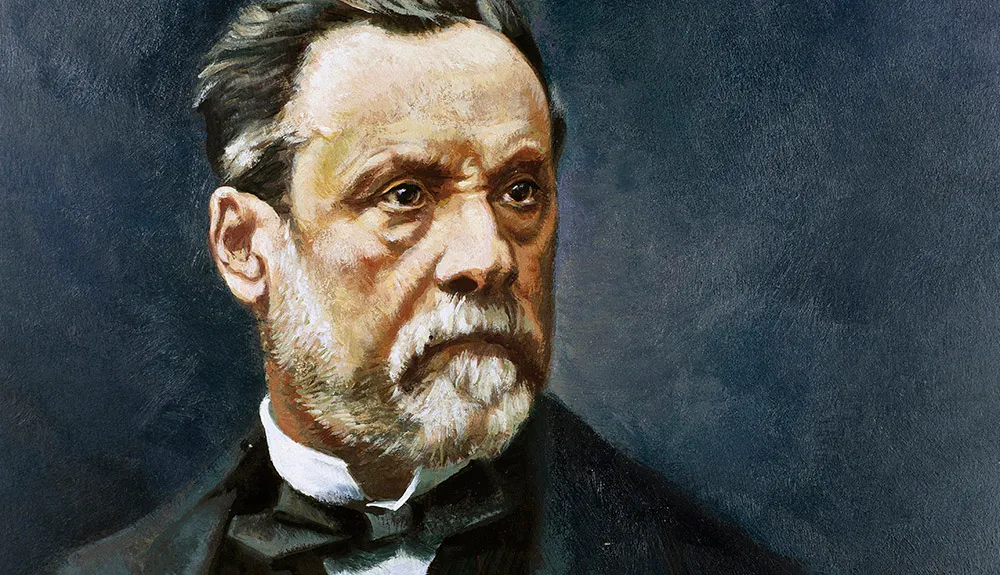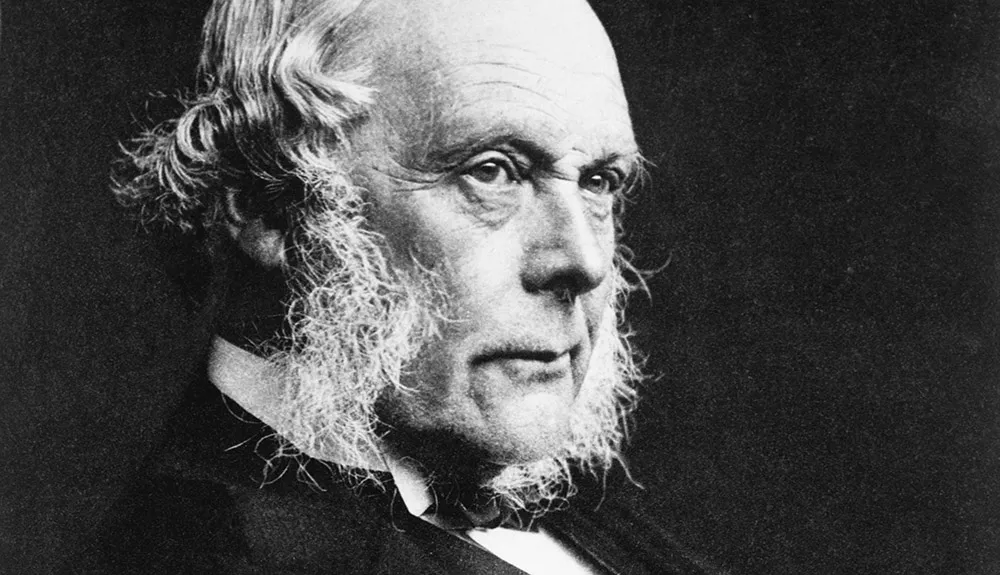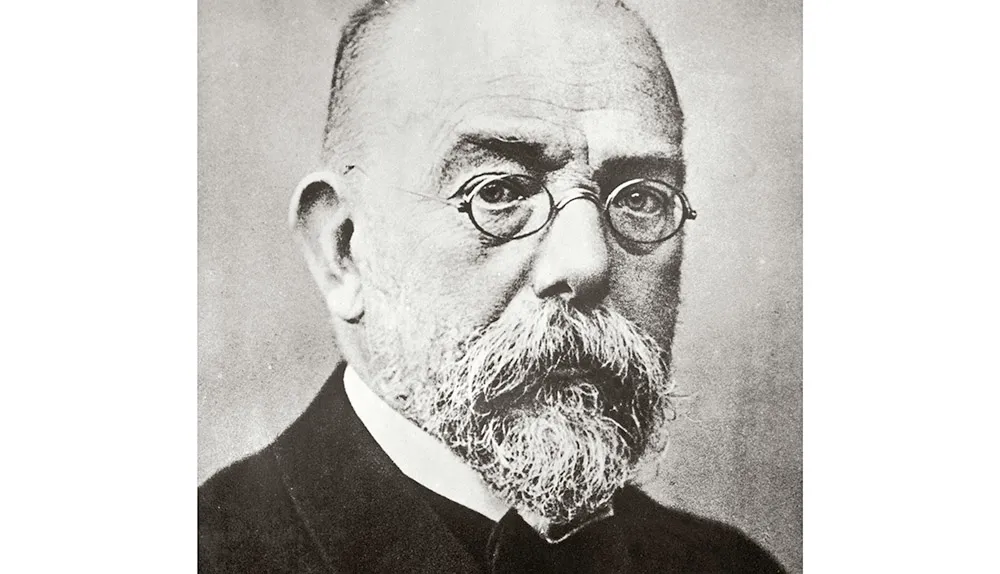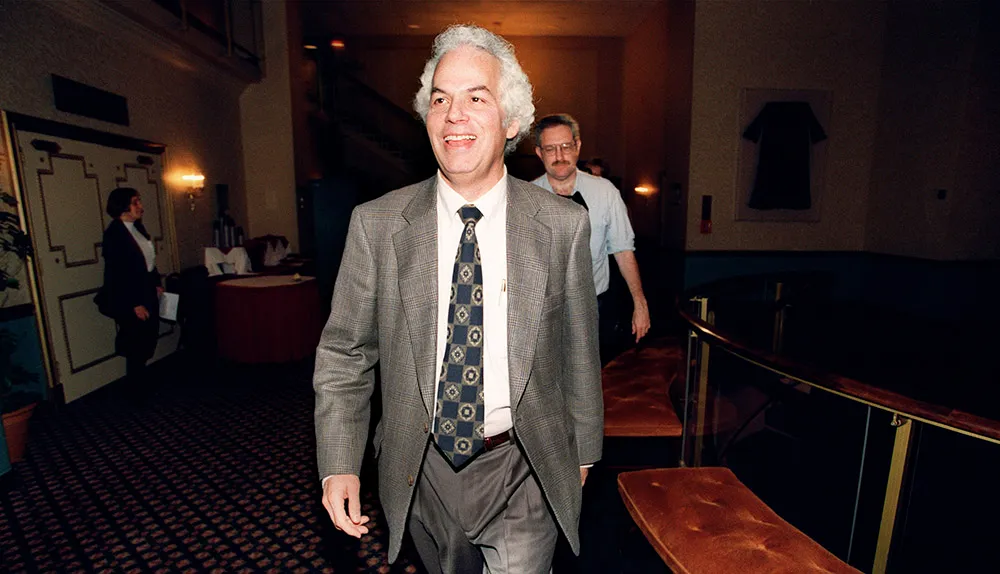1
Girolamo Fracastoro
(c.1476-1553)
Fracastoro an Italian physician, poet and natural philosopher, named the then-new disease ‘syphilis’ in a poem of 1530.
His work on contagion (1546), with its notion of ‘seeds of disease’, is sometimes seen as a forerunner of modern germ theory.
2
John Snow
(1813-1858)
Snow was a British anaesthetist and epidemiologist. He was a pioneer of inhalation anaesthesia, providing for Queen Victoria during the births of her last two children. His research on cholera reinforced his notion that it was not transmitted by miasma, but through contaminated water.
Read more about the history of disease:
- Epidemiology: the history of disease and epidemics (Part I, pre-20th Century)
- Epidemiology: the history of disease and epidemics (Part II, post-20th Century)
- Robert Koch: how he identified one of the 19th Century's biggest killers
- A timeline of discoveries
- The experiment that proved bacteria caused disease
3
Louis Pasteur
(1822-1895)

Pasteur was a French chemist and microbiologist.
His studies of yeast, bacteria and viruses had a big impact on brewing and wine-making, milk safety (‘Pasteurisation’) and medicine. His was the first thorough notion of a germ theory of disease.
4
Joseph Lister
(1827-1912)

Lister was a British surgeon and inventor of the ‘antiseptic’ system of surgery.
Pasteur’s research inspired Lister’s use of carbolic acid dressings to disinfect surgical wounds (1867). Joseph Lister also did original research on bacteria, and his system was developed into ‘aseptic’ surgical practice.
5
Robert Koch
(1843-1910)

Koch was a country GP when he elucidated the life cycle of the anthrax bacillus.
This led the German bacteriologist to a research post in Berlin where he discovered the causative organisms of tuberculosis and cholera. He won the 1905 Nobel Prize for Medicine.
6
Martinus Beijerinck
(1851-1931)
Studies by Dutch botanist and microbiologist Martinus Beijerinck on tobacco mosaic virus (TMV) in the 1890s led to a better understanding of the nature of viruses and their relationship to the cells of the organism they invade.
7
Paul Ehrlich
(1854-1915)
Ehrlich was a German medical scientist. A gifted experimentalist, Ehrlich influenced microscopy, tissue staining, embryology, chemotherapy and immunology. His theory of the chemical nature of antigens and antibodies, with a ‘lock and key’ mechanism of action, was key to understanding infection.
8
Albert Sabin
(1906-93)
The American virologist Albert Sabin developed a polio vaccine that used an attenuated strain of the virus. It could be given orally (the normal route of transmission of the disease) and from the 1960s became the vaccine of choice in the worldwide campaign against the disease.
9
Stanley Prusiner
(b. 1942)
The American neurologist and molecular biologist Stanley Prusiner coined the term ‘prion’, and came up with the theory behind how these misfolded proteins cause grave disease.

Prusiner’s researches, still not universally accepted, were publicly sanctioned in 1997, when he was awarded the Nobel Prize in physiology or medicine.
10
Françoise Barré-Sinoussi
(b. 1947)

French virologist Françoise Barré-Sinoussi shared the 2008 Nobel Prize in physiology or medicine for her work on the retroviruses, of which HIV is the most significant.
Retroviruses use their RNA in the host cell to make DNA (the reverse of the usual pattern of DNA being used as a template for RNA). She has been active in HIV eradication campaigns worldwide.